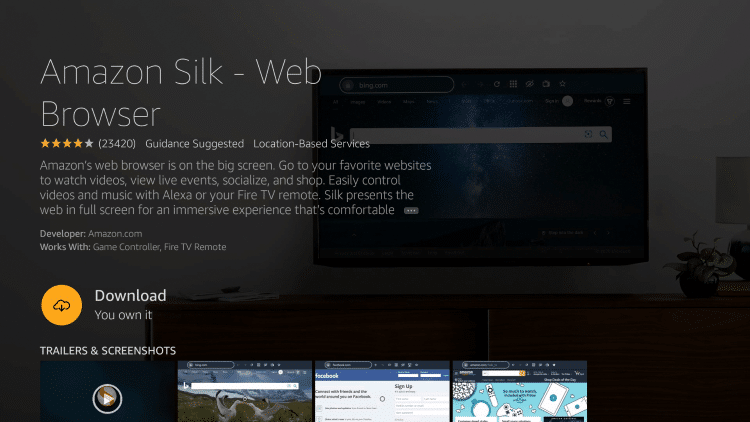

Now, this list pretty clearly didn’t come from the Silk engineers. The Silk video that Amazon posted on its bloglists the following as components that can be dynamically handed off to EC2 in order to speed up browsing: Depending on the amount of load on the client and the client’s network conditions, Silk can hand off most of the actual rendering pipeline to EC2. Once the components of a page have been fetched and cached on EC2, the page must be rendered for display in the client’s browser window. EC2 will then pre-fetch the predicted page’s components and begin work on them, so that the complete page can be quickly delivered to the user via single server-to-client link.

There’s also a machine-learning component to this caching/proxy functionality, where the EC2 component will monitor a client’s browsing patterns and use that data to predict which pages the client is likely to load next. The EC2 part of Silk can then optimize these resources for the specifics of the client that requested them so if an image is too large, for instance, EC2 will resize it to fit the client’s screen resolution. Since many of these resources are coming from sites hosted on Amazon’s cloud, EC2 will be able to load them very quickly and, though Amazon didn’t mention this in the announcement, without paying any kind of transport costs since that internal AWS traffic doesn’t go over the public Internet and is essentially “free” to Amazon. The client portion of Silk passes a URL to the EC2-hosted portion, which then goes out and fetches all of the parts necessary for rendering the URL-HTML, CSS, images, Javascript, etc. To speed up browsing, Silk uses EC2 to carry out some of the functions of a proxy server and a cache. Let’s look at each of these features in turn.
#Silk internet browser plus
In cloud mode, EC2 acts as a sort of cache plus proxy for browsing, and it also can dynamically take over parts of the page rendering pipeline from the client. However, when Silk is run in cloud mode, it can off-load some of the the parts of the browsing and rendering process to EC2. So Silk has all of the parts of the basic browser rendering pipeline in it, and it can use them if it needs to. According to Amazon’s Silk Terms & Conditions page, Silk can be run in “off-cloud” mode, where it functions like any other browser. In its simplest form, Silk is yet another Webkit browser. Or, rather, it can be a lot more under the hood, depending on how you choose to use it. Like Chrome, Silk is a “browser,” and also like Chrome, it’s a lot more under the hood. Devicemakers are much better off with a more traditional, lightweight browser like Android’s.

The fact that Chrome comes with such an extreme amount of OS-like baggage is what keeps it off of handheld devices. You could sum up Google’s overall design approach to Chrome with something like, “the web is now an application delivery mechanism, and the browser is the OS that those apps run in.” Chrome is essentially an OS in browser drag, and in this respect it’s very much a “fat” take on “thin client.” Google’s browser treats tabs the way that an OS treats running applications, and it walls them off from each other in separate processes so that problems with one tab don’t affect the rest of the browsing experience. The main thing that Silk is not, is Google Chrome. But before we look at what Silk is, it’s helpful to take a quick glance at one thing it’s not.
#Silk internet browser software
Silk is the first truly new, mass-market, client software delivery mechanism to be built from the ground up with the cloud-not just the web, but the cloud-in mind. What will really make waves is Amazon’s new web browser, Silk. In the long term, the most important part of Amazon’s announcement this morning isn’t the fairly vanilla tablet hardware or even the tablet’s spit-shined version of Android. It should be, because the birth of a credible iPad competitor is huge. The Internet is on, er, Fire with chatter about Amazon’s new tablet, the Kindle Fire. Skip to: Start of Article.Īmazon’s Silk Is More Than Just A Browser: It’s A Cloud OS for the Client


 0 kommentar(er)
0 kommentar(er)
